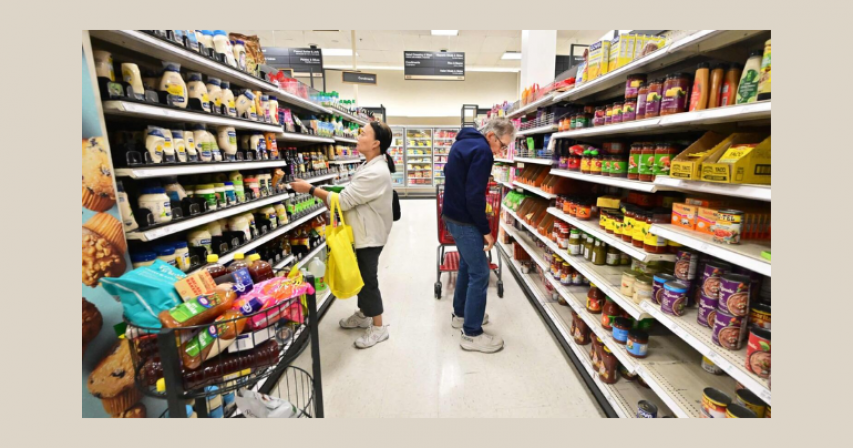US Consumer Prices Rise in February, Led by Fuel and Shelter Costs

US consumer prices experienced a notable increase in February, driven primarily by higher fuel and shelter costs, signaling ongoing inflationary pressures. Despite concerns about the sustainability of this trend, experts analyze the data and offer insights into its implications for monetary policy and economic stability.
The latest report from the Labor Department's Bureau of Labor Statistics revealed a 0.4% increase in the consumer price index (CPI) for February, following a similar uptick in January. This acceleration was fueled by a rebound in gasoline prices, which surged 3.8% after a decline in the previous month. Additionally, shelter costs, including rents, contributed to the overall increase, although housing inflation moderated compared to January.
While the rise in consumer prices may raise concerns about inflationary pressures, economists note that the composition of the CPI report reflects underlying trends of disinflation. Despite the recent uptick, inflation remains relatively subdued, and the Federal Reserve has signaled a cautious approach to interest rate adjustments.
Federal Reserve officials, including Chair Jerome Powell, have emphasized the importance of sustainable inflation trends in guiding monetary policy decisions. While the recent CPI data may suggest some stickiness in inflation, the Fed continues to prioritize confidence in achieving its 2% inflation target over short-term fluctuations.
Market participants anticipate the Fed will maintain its current interest rate range, given the lingering uncertainties surrounding inflation and economic recovery. Financial markets responded positively to the CPI report, with stocks trading higher and the dollar strengthening against a basket of currencies.
Inflationary pressures were driven by various factors, including fuel and shelter costs, which accounted for over 60% of the overall CPI increase. However, certain categories, such as food prices, remained unchanged or experienced decreases, offering some relief to consumers.
President Joe Biden highlighted the importance of addressing rising costs, particularly in essential sectors like healthcare and housing. The administration's proposed budget aims to tackle these challenges, emphasizing measures to lower prescription drug costs and enhance affordability for middle-class families.
Economists attribute the recent uptick in inflation to seasonal factors and price adjustments at the beginning of the year. Methodological changes in calculating certain components, such as owners' equivalent rent (OER), may have contributed to discrepancies in inflation measures.
Looking ahead, experts anticipate ongoing monitoring of inflation trends and their implications for monetary policy. While the Fed remains vigilant about achieving its inflation target, other economic indicators, such as job growth and wage inflation, will also influence policy decisions.
Overall, the February CPI report provides valuable insights into the evolving inflation landscape and its impact on economic stability. As policymakers and market participants assess the data, expectations for future inflation trends and their implications for monetary policy will continue to shape economic discourse and decision-making processes.
By: Sahiba Suri





Comments